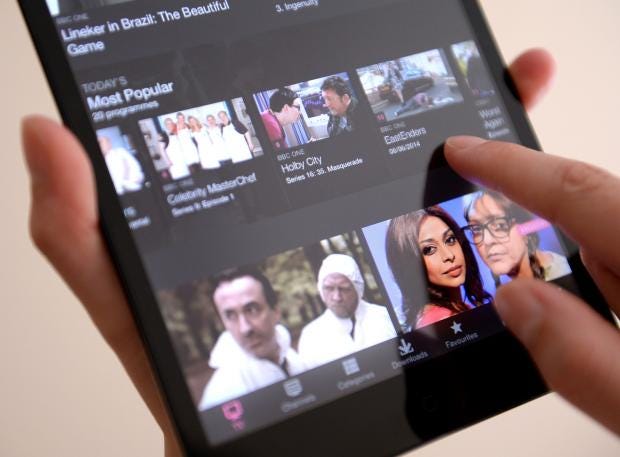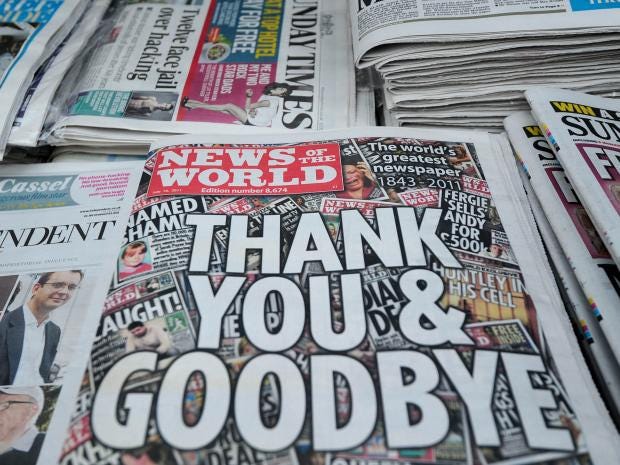Feedback
38/48 - B+
WWW: Good grasp of the main arguements in a fluent, concise essay.
EBI: Write a better introduction, needs to start developing points. Write a section expanding more on citizenship journalism
Introduction
Developments in new and digital media has had a great impact in the ways which audiences can have access to a greater variety of views and values to a certain extent. Audiences have been empowered by developments from the traditional forms of the media, and the newer forms of the media such as the internet. This essay will highlight some of the key changes that have contributed to the currently evolving digital age and the advantages/disadvantages they may carry.
Citizen Journalism
The introduction of the internet as a form of new media has been a positive advantage for the majority of today's society. As Castell has mentioned "The internet will usher us into the information age". There are now more ways to discover views and values when compared to the past traditional forms of media, which are dominated by the minorities who still have the most control (Paretos law) over the views the audience encounter with. The internet has allowed citizen journalism to flourish, where freelance journalists can report their own views on an issue and from their prespective, such as the Occupy New York City blogger Tim Pool who has broadcast hours and hours of live reports from Zucotti Park in the city or YouTube videos of citizens under fire from government forces in Syria. The fact that cameras and social networks are so easily available through devices such as smartphones for example, allows audiences to swiftly share the news and create their on forms of documentaries and news reports. Citizen journalism then makes it to the larger institutions of news, as these articles, blog posts or simply tweets can go viral and catch the attention of these institutions. This view is supported by Chris Shaw, the editorial director ITN Productions who has said that "Social networks are opening up whole new vistas for documentary filmmakers". The concept of viral or trending news has a great impact as audiences are exposed to all news that has not been censored, this can be seen as an advantage as it can be a form of accessing a greater variety of views and values, yet on the other hand it can be seen as a disadvantage as audiences can not distinguish what is true and false, therefore not all sources of news cannot be trusted as they are not being presented by the gatekeepers of the news. Overall, citizen journalism ultimately contributes to more variety and views, freelance journalism as a whole creates a niche audience, and many people can became a part of this phenomena. Continuing on Twitter, users on social media can also take part in citizenship journalism through hashtags such as the #BlackLivesMatter and #Londonriots. The fact that there are now more ways in which the audience can and engage with the media means that everyone can now go for their own political preferences and views, whereas in traditional media the audience has to consume the information provided by large conglomerates i.e. Rupert Murdoch and Newscorporation, which are often affected by institutional bias.





